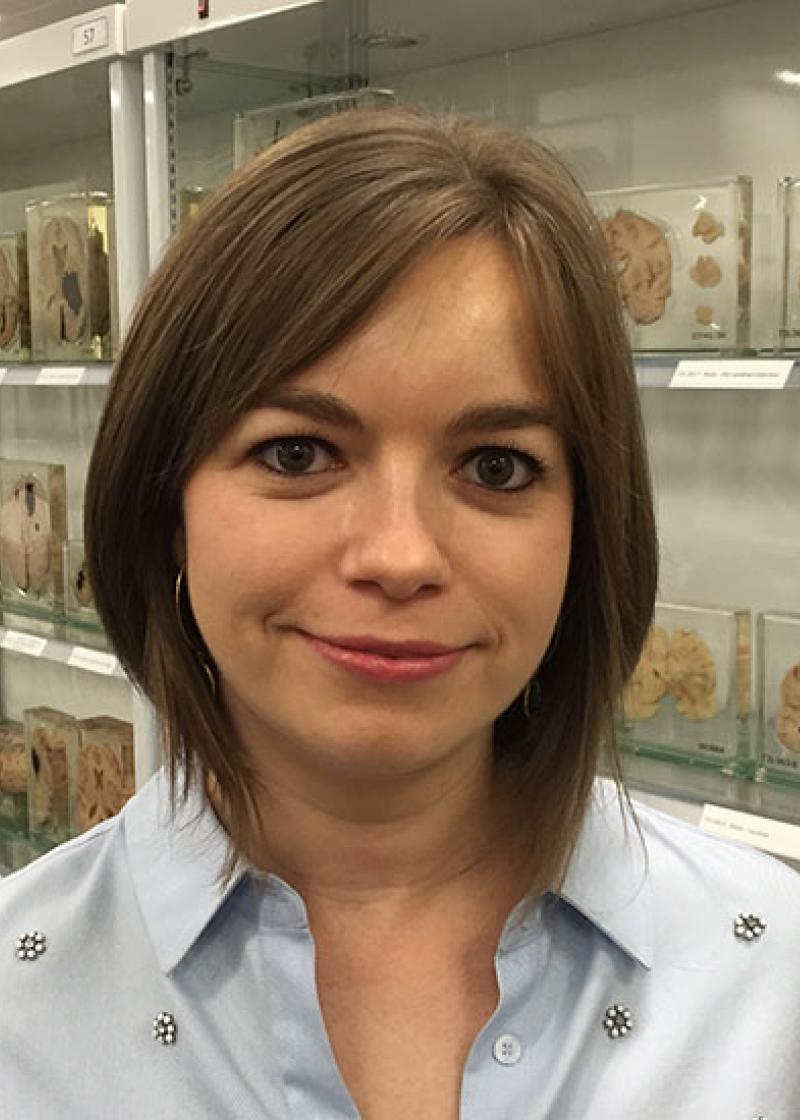Shelley Forrest
Development of staging criteria to distinguish preclinical tauopathies from primary age-related tauopathy (PART)

Award
2015 Rosemary Foundation Travel Fellowship
Status
Completed
Start Date
2 March 2016
About the project
The Rosemary Foundation Travel Fellowship will enable Dr Forrest to present her research at the 10th International Conference on Frontotemporal Dementias in Munich, 2016. She will also spend time in the laboratory of prominent neuropathologist, Associate Professor Kovacs at the Institute of Neurology, Medical University of Vienna. Associate Professor Kovacs is internationally recognised for his contributions in the neuropathology of normal aging, diseases characterised by the deposition of a protein called tau such as frontotemporal dementia and Alzheimer’s disease and other neurodegenerative diseases. He is a member of an international consortium that recently developed harmonised classification criteria for two novel tau-depositing pathologies. Both of these newly classified tau pathologies have implications for defining ‘normal’ age-related changes in the brain, and tau-related mechanisms in frontotemporal dementia versus Alzheimer’s disease. Visiting the Kovacs laboratory will provide Dr Forrest with the opportunity to gain first hand experience in the identification and characterisation of these novel pathologies, and broaden her knowledge of better-established tau pathologies.
Frontotemporal dementia and Alzheimer’s disease are two devastating neurodegenerative disorders, which have profound consequences on the patients, their families, and society. Both disorders are characterised pathologically by neuronal and/or glial inclusions comprised of phosphorylated tau protein. Neuronal and glial tau inclusions with similar morphology to those seen in frontotemporal dementia and Alzheimer’s also occur in aged individuals without evidence of cognitive impairment. Despite the high prevalence of tau pathologies in the elderly, there is a lack of consensus on whether these pathologies are clinically relevant or if they occur as a process of normal aging, or if they lower the individual’s threshold for developing pathological inclusions for frontotemporal dementia or Alzheimer’s disease.
Two novel and distinct age-related tau pathologies have been recently reported in neurons and astrocytes in the brains of individuals with a broad clinical spectrum, ranging from minimal cognitive decline, through to profound cognitive impairment. Understanding these age-related changes are particularly important in the earliest stages of neurodegenerative disease. This study will develop a neuropathological classification and staging scheme to differentiate cases with normal age-related tau deposition from cases with preclinical or frontotemporal dementia and Alzheimer’s disease pathology.
Where are they now?
Dr Forrest is a Postdoctoral Researcher at the Discipline of Pathology, Sydney Medical School, The University of Sydney.
